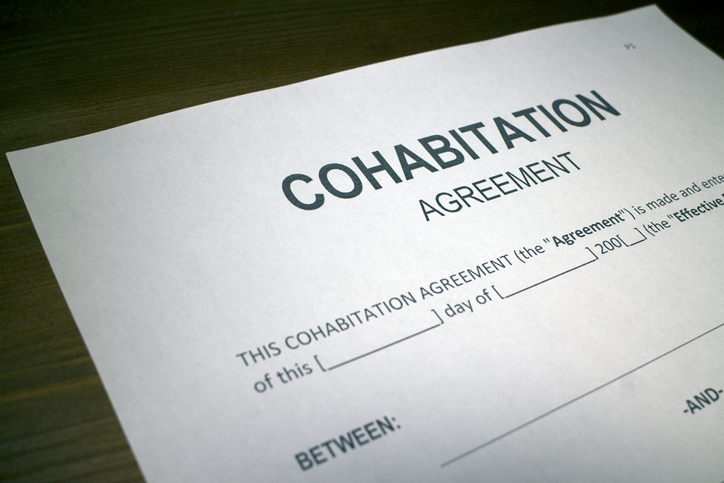 In the ever-changing landscape of modern relationships in Canada, cohabitation has become increasingly prevalent before marriage. This shift introduces unique challenges, especially concerning real estate ownership within the context of a partnership. As specialists in Canadian real estate law, we frequently advise clients on safeguarding their interests, particularly when one partner is the sole owner of the property. In this blog, we delve into the legal intricacies of cohabitation, emphasize the significance of establishing ownership through a Cohabitation Agreement, and highlight key considerations for unmarried couples navigating joint property ownership.
In the ever-changing landscape of modern relationships in Canada, cohabitation has become increasingly prevalent before marriage. This shift introduces unique challenges, especially concerning real estate ownership within the context of a partnership. As specialists in Canadian real estate law, we frequently advise clients on safeguarding their interests, particularly when one partner is the sole owner of the property. In this blog, we delve into the legal intricacies of cohabitation, emphasize the significance of establishing ownership through a Cohabitation Agreement, and highlight key considerations for unmarried couples navigating joint property ownership.
Living together for an extended period could categorize you as Adult Interdependent Partners under Alberta law. This legal designation applies to couples who cohabit continuously for at least three years, have a child together, or enter into an adult interdependent partner agreement. In the event of a breakup, assets, including the home, may be divided similarly to a divorce under the Matrimonial Property Act, even if only one partner is on the title.

To maintain control over your property, it is crucial to proactively address potential issues. The most effective way to achieve this is by entering into a Cohabitation Agreement with your partner. Like a Prenuptial Agreement, this legally binding document outlines the rights and responsibilities of each party and specifies the property division in the event of a relationship breakdown. By exempting the home from division, you can secure your property rights.
In Canada, cohabitating couples lack the legal protections afforded to married couples in the event of a breakup. This is where a Cohabitation Property Agreement becomes essential. It serves as a legal contract, defining the rights and responsibilities related to jointly owned property. Contrary to common misconceptions, unmarried couples do not automatically enjoy the same legal protection as married couples concerning property and assets.
Understanding key terms such as “title,” “joint tenancy,” “tenants in common,” and “sole ownership” is crucial when navigating property ownership in Canada. The title represents the legal rights surrounding property ownership, and joint tenancy involves equal shares with survivorship rights. On the other hand, tenants in common lack survivorship rights, allowing ownership shares to pass to heirs. Sole ownership grants legal claim to the property to the partner whose name is on the deed.
Exploring options like joint mortgages can increase purchasing power, but it’s essential to clarify that a joint mortgage doesn’t necessarily mean joint ownership in Canada. The names on the mortgage application and loan documents do not dictate ownership; the title does. Sole ownership, where only one partner’s name is on the title, provides exclusive legal rights to the property, irrespective of financial contributions from the other partner.
In some provinces, partners in a common-law relationship may enjoy legal recognition, but these arrangements can be complex to navigate in the absence of legal documents. Cohabitation Agreements are recommended for such couples to provide clarity and protect shared assets in case of a breakup.
Navigating the complexities of cohabitation and real estate in Canada requires careful consideration and legal foresight. A Cohabitation Agreement is a powerful tool for unmarried couples to protect their property rights and define the terms of ownership. As the landscape of relationships continues to evolve, proactive legal measures become essential for safeguarding individual interests within the realm of shared real estate.
Hi! I’m Erin Crocker. I’m a real estate lawyer with over 10 years of experience in Alberta and British Columbia real estate law. I love technology and efficiency. I’m on a mission to create a modern, digital closing experience for buyers and sellers through technology, transparency and sharing knowledge.